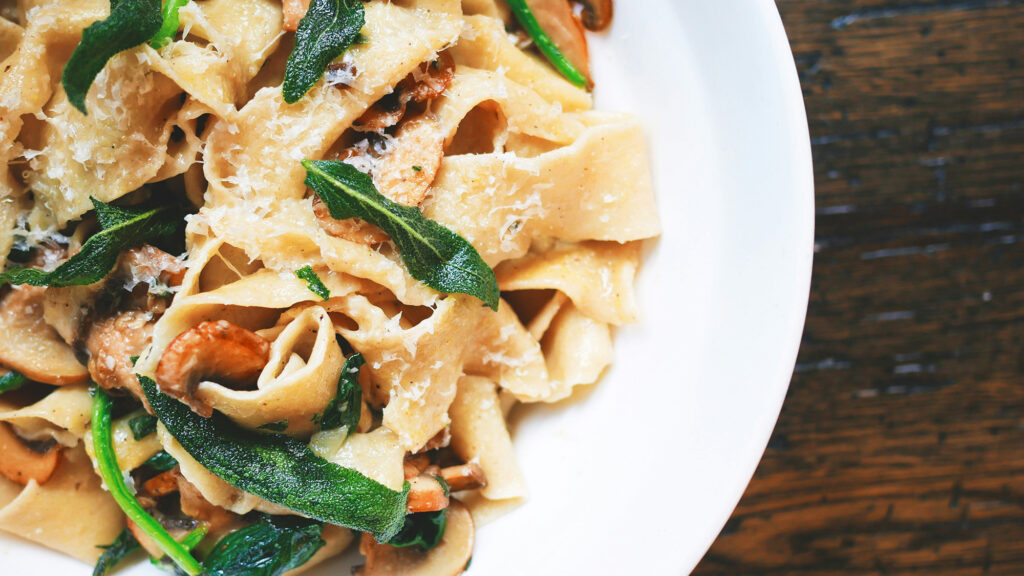Fresh fruits like grapes in small amounts are healthy and play their part in a balanced diet. The problem arises if they are consumed in large amounts at once, especially in the case of diabetic patients. Grapes do not have a high glycemic index. However, as they contain both fructose and glucose, they should be eaten in moderation to avoid a spike in blood sugar levels.
Sweet grapes aren’t necessarily a bad thing
• Try opting for low-GI fruits such as apples, oranges and pears.
• Consider portion control. For example, if you consume one medium bowl of grapes, switch to one smaller bowl of grapes or maybe a handful.
• Consider having a fat source like nut butter to balance your blood glucose levels
• Try pairing grapes with a handful of nuts. It will help to lower the GI of the meal.
• Consider pairing it with a protein shake like whey.
Grapes have fructose and glucose in a 1:1 ratio and are predominantly high in sugar content. The fructose they contain is metabolised by the liver and converted into glucose when grapes are consumed. This process can significantly increase blood glucose levels since the glucose from the grapes combines with any glucose already present in the bloodstream. Therefore, it is essential to monitor your grape intake and limit the number of grapes you consume per day to prevent a sudden surge in blood glucose levels.







